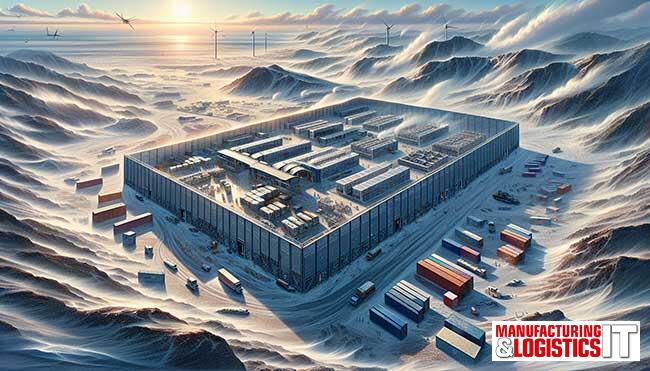By Greg Forster, freelance writer.
In a world that’s constantly pushing the boundaries of innovation and efficiency, particularly within the logistics and supply chain industries, a rather fascinating player comes into the limelight – the world of engineered fabric buildings. Nestled right in the bustling heart of logistical management, these structures offer an intriguing blend of robustness and portability, unlike any traditional edifice. Such engineering marvels are becoming the go-to solution for industries operating in some of the most challenging environments on Earth.
Fabric buildings take into account not just the harshness of the environment but also the changing demands of the industries they serve. A flexible structure that today serves as a large-scale storage facility, for instance, might be transformed tomorrow into an operational hub or a community event space. This adaptive nature allows organizations to repurpose their assets in alignment with evolving project requirements and market conditions, ensuring a long lifecycle and greater return on investment.

Versatility and Resilience in Extreme Settings
The need for durable and versatile structures becomes paramount when enterprises embark on ventures in remote areas marked by severe climatic conditions. Built to endure the wrath of nature, engineered fabric buildings can stand tall against high winds, heavy snow, and even seismic activities. Insulation and weather-resistant materials ensure these edifices are more than just a temporary shelter, they’re a beacon of unyielding reliability. Whether housing equipment or serving as workshops, their resilience makes them indispensable in areas that other constructions might falter.
Assembly at the Speed of Need
Imagine the strategic advantage of having infrastructure that could be transported and built in the bat of an eye wherever it’s needed. This is where the beauty of modular construction shines. These components are designed to fit snugly into containers, making their journey across terrains or overseas a streamlined affair. Once onsite, the assembly process unfolds rapidly, saving precious time and allowing organizations to focus on their mission-critical operations. This combination of portability and speedy setup is what makes these engineered marvels a true ally in the intricate dance of logistics.
High-Tech Fabrics Forging the Future of Mobile Operations
Even industries known for their mobility, like mining, oil and gas, as well as military operations, find a steadfast partner in fabric structures. Their adaptability serves various applications, from aircraft hangars to storage solutions, without compromising on the need for quick and frequent relocations. A testament to their effectiveness can be seen in real-world scenarios where companies in resource extraction fields reduce operation costs while simultaneously boosting productivity. The military, known for its rigorous demands and dynamic presence, often turns to these steadfast fabric buildings to create efficient, reliable, and quick-to-deploy base camps.
Embracing Sustainability with Smart Design
The call for sustainable practices in every industry grows louder by the day, and the design of modern fabric structures answers this call with gusto. By embracing the minimalist impact on landscapes and the recyclability of materials, these buildings exemplify eco-friendly construction. Moreover, the integration of smart technologies such as energy-efficient lighting, solar panels, and environmental control systems intently focuses on reducing the carbon footprint while maintaining high operational standards. Thus, the future of fabric buildings isn’t just about flexible spaces – it’s also about forging a path for greener industry practices across the board.
Summing Up
The realm of logistical support demands solutions that are as dynamic as the industries it serves. Engineered fabric buildings are revolutionizing this landscape, offering an amalgamation of adaptability, resilience and forward-thinking that caters to both present needs and future aspirations. As the logistics and supply chain sectors continue to evolve, these versatile structures are set to play a pivotal role in shaping the operational successes of tomorrow.
- SEO Powered Content & PR Distribution. Get Amplified Today.
- PlatoData.Network Vertical Generative Ai. Empower Yourself. Access Here.
- PlatoAiStream. Web3 Intelligence. Knowledge Amplified. Access Here.
- PlatoESG. Carbon, CleanTech, Energy, Environment, Solar, Waste Management. Access Here.
- PlatoHealth. Biotech and Clinical Trials Intelligence. Access Here.
- Source: https://www.logisticsit.com/articles/2024/02/07/the-innovative-edge-of-flexible-structures-within-logistical-landscapes



